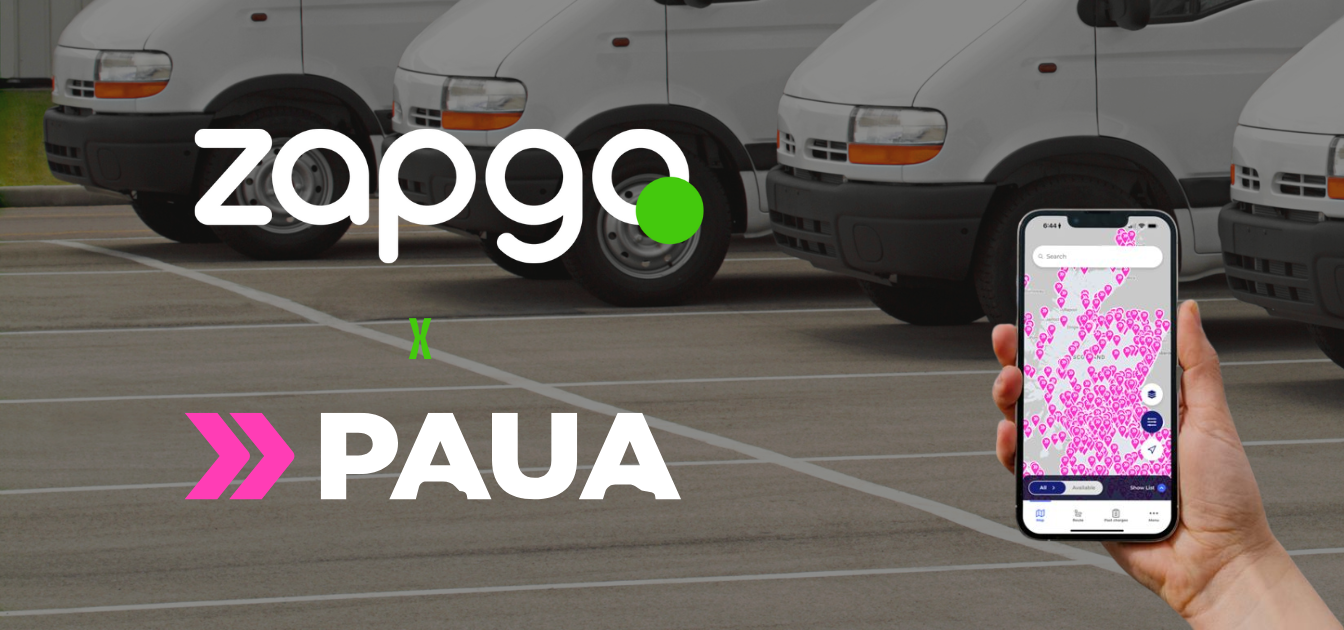TL;DR
Daniel Hilson explains how data, predictive modelling, and automation are key to electrifying large fleets.
· Real-time data and digital twin technology help optimise charging infrastructure and fleet operations.
· Scenario planning supports cost savings, flexibility, and long-term sustainability in fleet electrification.
In this podcast, episode 32 of the Insider's Guide to Energy EV Series, hosts Chris Sass and Niall Riddell (Paua) talk to Daniel Hilson, CEO and Founder of EVenergi and BetterFleet. They explore the complexities of transitioning large fleets to EVs. They focus the discussion on how data-driven solutions, predictive modelling, and automation are essential for optimising fleet electrification strategies. As organisations work towards sustainability, understanding the dynamics of fleet operations—such as vehicle usage patterns, local climate factors, and infrastructure requirements—becomes essential in ensuring a smooth transition to EVs.
The discussion emphasises that developing accurate models is key. These models need to integrate real-world data to provide insights into fleet behaviour, the demand for charging stations, and the impact of different variables like geography, traffic volume, and heavy vehicle flows. Tools like Grid EYE and BetterFleet, which are used by utilities, fleet operators, and government agencies, allow for the detailed modelling of charging infrastructure needs across multiple depots. These platforms enable users to forecast the energy demand of EVs at a network level, ensuring that charging infrastructure is effectively placed in regions with the highest need, all based on live data. By using real data in this way, fleet operators can forecast their long-term charging requirements more effectively, identifying the best locations for charging stations and the most efficient ways to distribute resources across multiple depots.
One of the key strategies discussed is the importance of managing fleet assets efficiently. This can include optimising the usage of electric buses or heavy-duty vehicles, considering the efficiency of charging across different times of day, and ensuring that the transition to electric vehicles doesn’t necessitate expensive upgrades to existing infrastructure. Daniel explains how tools like BetterFleet can model these scenarios, helping to reduce costs and prevent unnecessary infrastructure investments by calculating the best time to charge vehicles—whether opportunistically or overnight. By analysing such strategies, the platform has saved millions in potential infrastructure costs for clients, particularly when considering the charging needs of large fleets.
Digital twin technology also plays a significant role in optimising fleet operations. A digital twin is a virtual model of a fleet or transportation network, which can be used to simulate real-world operations and run various planning scenarios. This technology allows fleet managers to test different strategies before making real-world investments. With digital twins, managers can create simulations that account for factors like battery technology improvements, vehicle range advancements, and changes in vehicle types. This predictive capability helps businesses anticipate how their fleets will perform in the future and adjust their plans accordingly. This proactive approach is especially critical as heavy-duty vehicles and long-term assets like trucks have longer lifecycles, requiring more precise forecasting of their future needs.
The conversation also highlights the role of automation in fleet management. Automated scenario analysis enables fleet managers to adjust their plans as new data becomes available, without needing to rely on expensive, one-off consulting engagements. By integrating automated tools into the planning process, fleet managers can quickly adapt to changes in technology, market conditions, or vehicle availability. Automation makes it possible to re-plan quickly, giving businesses the flexibility to make real-time adjustments to their electrification strategies.
Forecasting is another challenge discussed, with Daniel stressing the importance of scenario planning. While predicting the future is difficult, creating a range of potential outcomes—such as the best, worst, and most likely scenarios—helps businesses prepare for uncertainty. Whether it's battery performance, vehicle costs, or the impact of government policies, this kind of forecasting ensures that fleets can adapt effectively to external changes. The ability to model worst-case scenarios, particularly, provides a safety net, allowing businesses to plan for all possible outcomes.
In summary, the conversation illustrates how these advanced tools—real-time data, predictive modelling, and automation—are transforming the way fleets approach electrification. With accurate, dynamic planning and scenario analysis, businesses can reduce costs, improve efficiency, and make smarter decisions that will lead to a greener, more sustainable future.






